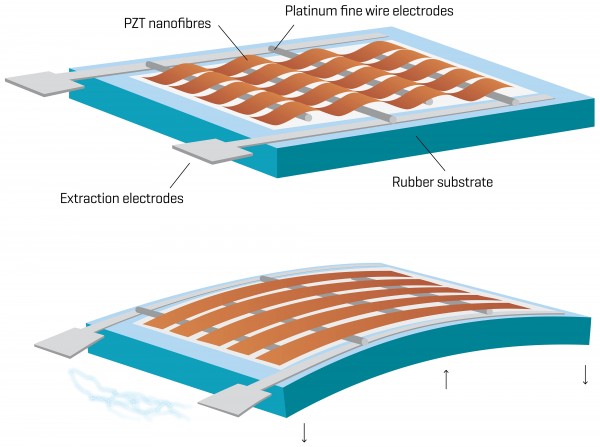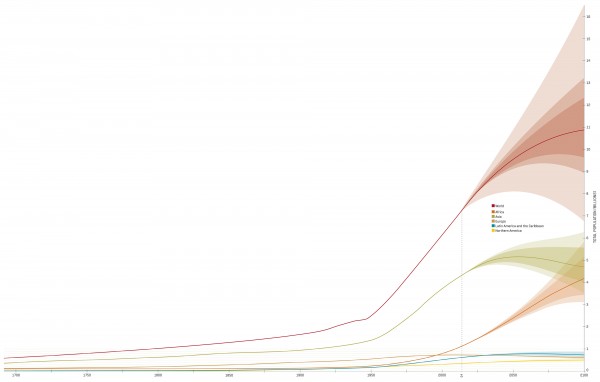Acting on impulse
Electricity made you do it
You are an electric animal. Without electricity, your muscles would never have received the message to turn this page.
Like every other thing, we’re living, breathing, rechargeable batteries—made of positively charged protons, negatively charged electrons and unbiased neutrons. When an atom holds equal numbers of all three particles, it’s electrically neutral. Protons are molecular homebodies, but electrons are vagabonds: here today, gone the next nanosecond. When they desert an atom, or crowd into another, it becomes either positively or negatively charged. Physicists now call it an ion (or, if it’s gained a positive charge, a cation).
That switch creates a gradient along which charged particles flow from one ion to another, a phenomenon we call electricity, and it’s going on inside you each second. Every time you slap a sandfly, dial a phone number, grab a door handle, it was electricity that delivered the message from brain to fingers.
Not that you’re a power station. Your bioelectric current runs between just 40 and a few hundred millivolts—even the AAAs in your TV remote produce 10 times the voltage. Your old cathode-ray-tube television needed 25,000 volts just to make a picture. And electrical transport in the human body is surprisingly slow (100 metres a second may sound fast, but the mains power flows from the wall socket to your jug at the speed of light—300 kilometres a second). That sluggish conveyance is down to the irksome reality that while we’ve evolved to employ electricity, we’ve yet to develop wiring.
We still rely on chemicals as couriers: you have to repackage and re-send your bioelectricity every time it passes through a cell membrane, and you do it using ordinary salt.
It works like this: when they’re resting, your body cells contain more potassium ions than sodium ions. Potassium ions are negative, so your cells are, by default, weakly negatively charged. Outside the cell wall, however, positive sodium ions predominate, but at rest, that polarity isn’t yet strong enough to trigger the flow of electricity.

When you touch a hot iron, your nervous and muscular systems start an active transport mechanism called the sodium-potassium pump. In effect, it opens a ‘gate’ in the cell wall, allowing the negatively charged potassium ions—compelled to couple with the positively charged sodium ions outside—to escape, and vice-versa. That reversal of ion concentrations sees the cell switch abruptly from a resting negative to an active positive charge, creating an electrical impulse which then causes the gate in the adjoining cell to open. In this way, electricity flows along that cellular gradient, delivering the message of pain to your brain, and the rapid retraction back to your muscles. Various receptors each have their own dedicated ion channels—the one that just relayed the burn from the iron is the same one your body uses when you bite into a chilli pepper, which is why they taste ‘hot’.
The body also uses calcium, hydrogen and chloride ions to run your internal IT network, powering receptor cells sensitive to light, sound and touch. It all works well enough, but it’s costly: that endless flux monopolises about a third of the oxygen you breathe and half your diet.
So imagine the calorific bill paid by the electric eel, a two-metre, 20-kilogram battery that writhes about the Amazon and Orinoco Basins. Four-fifths of its body is given over to three paired organs. Electric eels have taken the standard ion channel and, quite literally, amped it up. Special electrocytes—disclike cells—are so arranged that each one effectively boosts the charge it passes on to the next.
If you were hapless enough to step on one, the eel’s brain tells the electrocytes—some 6000 of them—to open, allowing sodium to flow through with enough velocity to give you a 500-volt shock at one ampere of current; enough to kill you if it flowed through the wrong bits of your body. In a reciprocal, almost elegant way, the eel’s electrical system works by disabling yours, interrupting the normal flow of ions much like a power surge might fry your computer. Sufficient shock, and your electrical system won’t restart. The electrical messages telling your heart to contract and expand are jammed, and it begins to starve of blood and oxygen. (The notorious and lethally toxic pufferfish, beloved of Japanese gastronomes, exploits the same weakness, but instead uses a venom that blocks the sodium ion channels of your nerves and respiratory muscles. The special horror of pufferfish poisoning is that it doesn’t affect the brain, and because your heart relies on a different type of sodium channel, it continues to beat, keeping you awake and aware to your last convulsion.)
Because water conducts electricity so much more readily than air, it’s not surprising that many other fishes, marine and freshwater, have harnessed electricity while others have instead honed their electrical systems to detect the energy of their prey. Interestingly, most come from ancient groups—the coelacanths, sturgeons, lampreys, catfishes, lungfishes, and the sharks and rays, which use sensory organs called electroreceptors to target the weak magnetic fields emitted by other fish. Networks of jelly-filled canals and pores—called the ampullae of Lorenzini—are so perceptive they can pick up a current of just five billionths of a volt—enough to find prey buried in the sand.
Meanwhile, modern information technology has collided headlong with this ancient adaptation—high-voltage submarine data cables can trigger a feeding frenzy.
When fibre-optic cables were first deployed beneath the Atlantic in the late eighties, crocodile sharks routinely brought down the networks.
Nowadays, telco Alcatel-Lucent has reinforced its underwater network with extra steel sheathing to withstand misguided attacks.
It seems sharks may also navigate by electricity. They’re easily capable of sensing the electric fields emitted by oceanic currents, and one experiment showed that sandbar and hammerhead sharks soon linked a food reward to an artificial magnetic field. This skill may help to explain how some great white sharks, for instance, repeat their remarkably precise annual migrations between New Zealand and Polynesia.
Birds too, find their way along vast migratory routes by orienting themselves to the Earth’s electromagnetic field. We’ve known this for decades, but precisely how they do it remains a mystery. Recent work by quantum physicists at Oxford and Singapore Universities, however, found that birds’ eyes reacted differently according to a field’s polarity, which might be projected as an internal image, defined by light and dark shades. They suggest that special cells in the eye use the protein cryptochrome—sensitive to geomagnetic fields—to help the birds form a visual map so they might literally ‘see’ the magnetic field.

The days of Think Big power schemes have passed. Innovators are now thinking very, very small, working out ways to harvest our own internal electricity. Panasonic has been working away on a ‘blood battery’ based on an enzyme that can strip electrons from glucose in the blood, mimicking the process we use to extract energy from food.
Another possibility is the piezoelectric material which generates a smidge of power every time it’s deformed. Researchers say such a device may one day allow the heart to power its own artificial pacemaker. A conventional pacemaker battery lasts just a few years, but a sliver of a piezoelectric ceramic just a few microns thick, powered by movements in the chest, can generate nearly 10 times the power a pacemaker needs. Power from the people.

















